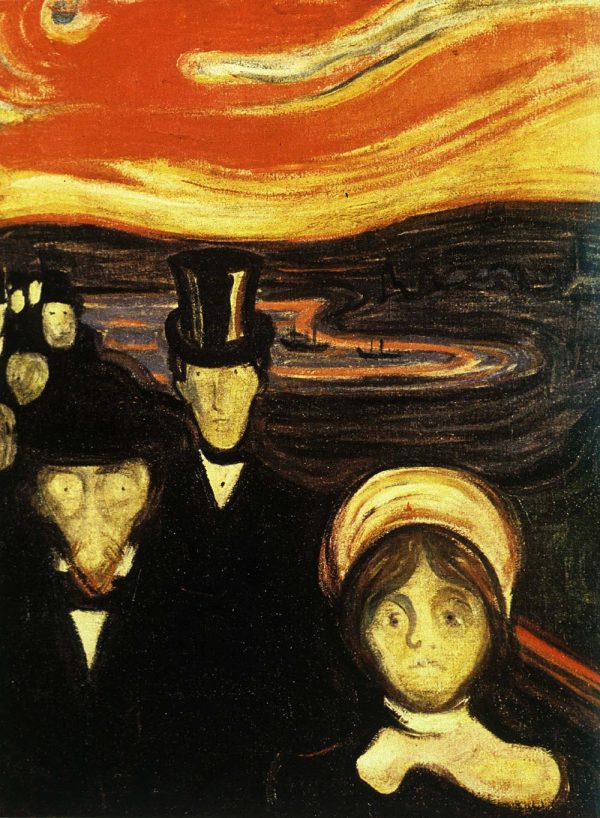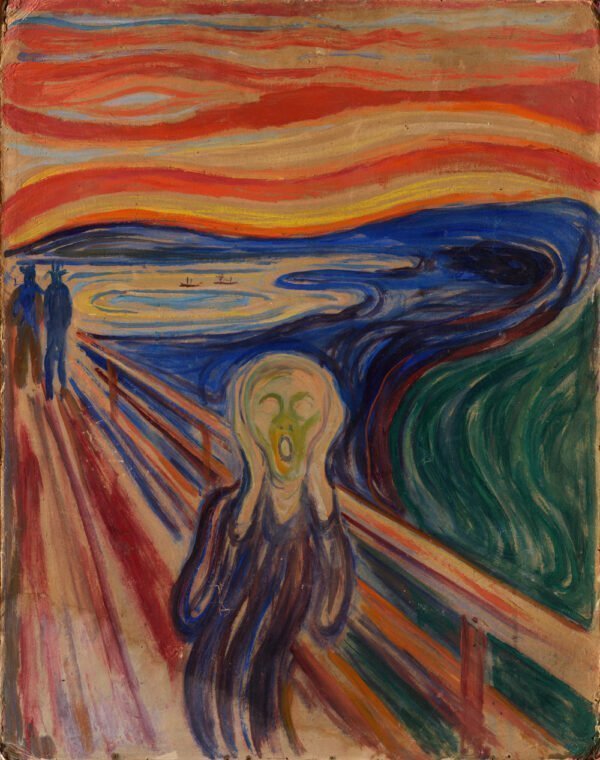Edvard Munch
Edvard Munch studied at the Royal School of Painting in Oslo, in an environment that was strongly influenced by French painting. In 1885 he visited Paris for the first time. At the Berlin exhibition in 1892, his “hard” style caused a great scandal. Between 1892 and 1908, his most famous works, created in versions and prints, paved the way for Berlin Secession and Expressionism.
Edvard Munch is considered to be an artist full of anxiety, gloom and transience, a painter who knew almost the best how to depict the existential anxiety of man at the beginning of the modern era. His most famous painting The Scream has become one of the iconic images of world art.
The Scream was created in Kristiania (area of the capital). According to Munch, he was walking at sunset when he “heard the immense, endless cry of nature”. The agonized face in the painting is generally identified with the anguish of the modern person. Between 1893 and 1910, he produced two versions of this painting and two versions in pastel, as well as a large number of prints. One of the pastels would almost fetch the fourth highest price paid for a painting at auction.





















